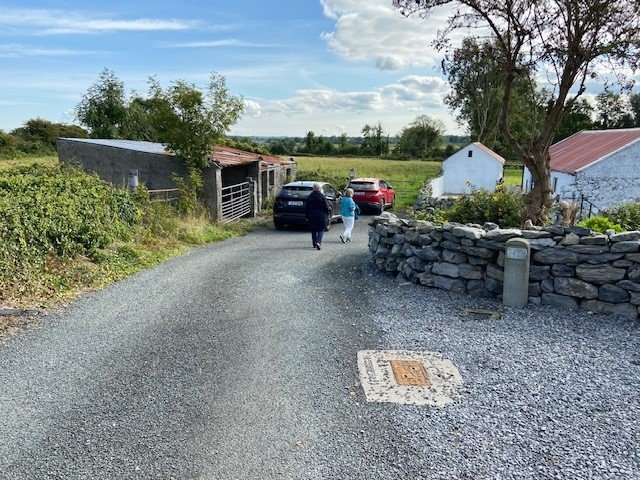Today the Sisters of St. Joseph mark another year to celebrate the feast of our patron, St. Joseph. We don’t know much about him from Scripture and what we do know mostly centers around the Nativity stories as told in the Scripture. We don’t know when he was born or when he died. So what do we as Sisters of St. Joseph find so compelling about this quiet carpenter? The image of pilgrim comes to mind. Not a pilgrim that goes out to the desert to find God, but one who is open to find God where we are. Joseph can teach us how to discover the presence of God within and around us.
Growing into the life of God is not an exercise in spiritual gymnastics. It is one long, day by day attempt to put on the mind of God wherever we are and whatever happens to us along the way.
Growing into the life of God is not endless prayer taking us out of life’s challenges. In fact, like Joseph, we are here to grow through everyone of those challenges and move day by day into a deeper communion with God. If we do have special prayers or leave for some quiet time, these are little rests along the way meant to build our strength for the rest of journey ahead.
“like Joseph, we are here to grow through everyone of those challenges and move day by day into a deeper communion with God”
Joseph’s quiet and challenging life reminds us that we usually find God in the ordinary things we do day by day. The many attempts we make to turn our attention towards God, in prayer, in service, in compassionate listening are simply signs that God is with us. This is what Joseph’s life journey can show. Joseph, an ordinary carpenter listened deeply and met the challenges of each day. Joseph was not God, but a mentor for any of us who want to know how God is present in our daily lives.
Happy St. Joseph’s Day to all who have shared this journey and continue to seek God each day.
-Sister Joan Atkinson, CSJ
Header Image: Unsplash/Saint John's Seminary














